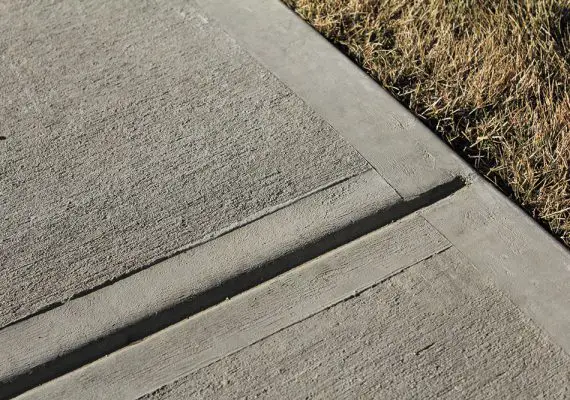What Is A Dissolution Weathering? Causes Of Dissolution Weathering
What Is A Dissolution Weathering?
Dissolution weathering is a chemical weathering process in which water dissolves minerals from rocks resulting in the breakdown of the rock. This happens when water dissolves away the minerals in the rock, leaving behind fragments of sand and silt that can be washed away.
Dissolution weathering is a slow process, but it can be accelerated by acidic rain or groundwater, as this helps to break down the rocks even faster.
For example when water comes into contact with rocks containing a large amount of calcite, such as limestone, the calcite will dissolve in the water.
This dissolved calcite may remain in solution until the water evaporates, reacts with other minerals, or is used by an organism to create a shell. The dissolution of calcite is important for various organisms, including mollusks, echinoderms, foraminifera, and coccolithophores, as it enables them to produce protective shells.
These organisms are vital to the ecological system, especially foraminifera and coccolithophores, as they contribute to the silicate geochemical weathering cycle, which helps regulate Earth’s climate.
Dissolution reactions involve the breaking down of a substance into its individual ions in a solvent such as water.
💥🎁 Christmas & Year-End Deals On Amazon !
Don't miss out on the best discounts and top-rated products available right now!
🛒 Shop Now and Save Big Today!*As an Amazon Associate, I earn from qualifying purchases.
This process is reversible, meaning that if the solvent is removed the ions will come back together to form the original substance. An example of a dissolution reaction is the dissolving of table salt (halite) in water which separates into sodium and chlorine ions.
Some minerals, such as gypsum and anhydrite can dissolve in water on their own, while others, like calcite require an acidic solvent to dissolve. Acidic water, which is produced when carbon dioxide reacts with water, is common in nature and can dissolve certain minerals.
Causes Of Dissolution Weathering
Dissolution weathering is caused by the dissolving of minerals due to acid rain, groundwater, and atmospheric carbon dioxide. Rocks can undergo chemical changes when they are exposed to the environment, such as the dissolution of certain minerals due to the effects of acidic solutions.
This can occur when acidic rainwater, which has absorbed carbon dioxide from the air, comes into contact with rocks like limestone, which contain calcium carbonate. The acid reacts with the calcium carbonate in the rock turning it into soluble calcium bicarbonate and causing the rock to gradually erode over time.
Effects Of Dissolution Weathering
Dissolution weathering is the breakdown of rocks, minerals and other substances by a chemical reaction with water. This process alters the composition of the material and can lead to changes in the landscape.
Dissolution is the most easily observed form of chemical weathering, which occurs when slightly acidic solutions gradually attack rocks and minerals.
💥🎁 Christmas & Year-End Deals On Amazon !
Don't miss out on the best discounts and top-rated products available right now!
🛒 Shop Now and Save Big Today!*As an Amazon Associate, I earn from qualifying purchases.
This process can result in pits and holes on the rock surface, slowly widening preexisting fractures and leading to distinct karst topography marked by sinkholes, springs, caves, caverns and other features related to the erosion of underlying bedrock.
Such type of topography is visible on a large scale throughout various areas across the world as a result of chemical weathering through dissolution.
Conclusion
In conclusion, dissolution weathering is a type of weathering that involves the chemical breakdown of rock or mineral due to contact with an acid. The acid can be in the form of rainwater, groundwater, carbon dioxide, or oxygen.
This process causes minerals to dissolve and change form, which contributes to erosion over time. It is one of the main types of mechanical weathering and can play a major role in shaping the landscape.
💥🎁 Christmas & Year-End Deals On Amazon !
Don't miss out on the best discounts and top-rated products available right now!
🛒 Shop Now and Save Big Today!*As an Amazon Associate, I earn from qualifying purchases.

